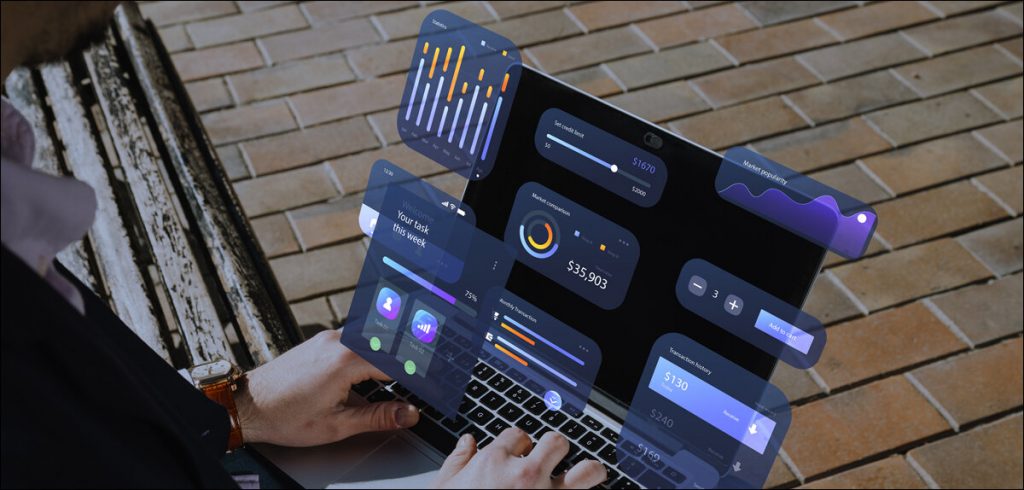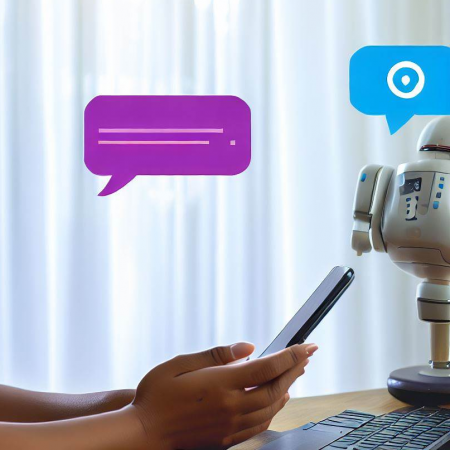Comparing data centres like DropBox or Google Drive to a DAM solution is like comparing a bucket to a toolbox.
No matter the size of a modern business, online marketing is essential for all of them. That said, marketing across multiple digital avenues, like e-mail, social media platforms, blogs, etc., can present fresh content-based challenges. Organizing and managing digital assets like images, videos, audio files, proposals, presentations, important documents, and other branding material is critical to all businesses. This is where Digital Asset Management (DAM) comes in. Basically, it’s the process organizations use to store, organize, manage, find, share, and retrieve digital assets from an ever-growing content library. DAM systems and solutions have many advantages that can help organizations leverage their digital assets better. Here’s a detailed look at everything you need to know about Digital Asset Management.
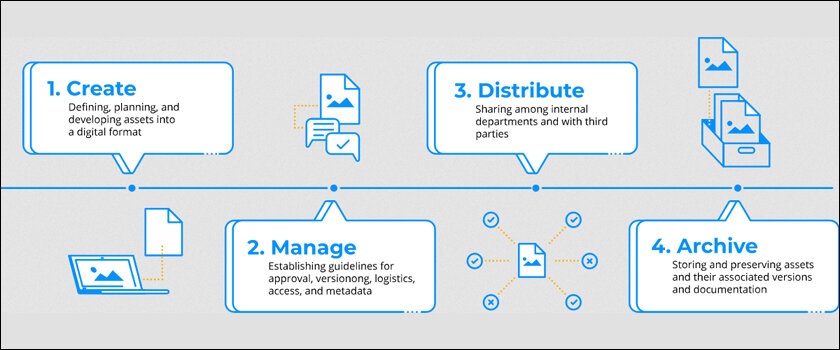
The Evolution of DAM Systems
When DAM first debuted in the 1990s, it had a very minor role in the media stack. There was a “Basic Media Library” that would store photos and videos for the main purpose of file sharing. The 2000s saw the rise and use of specialized ”Media Asset Management” systems, which stored visual documents, as well as videos and photos. It was from 2013 onward that DAM really took off, offering integrations with marketing platforms such as Product Information Management (PIM), Customer Relationship Management (CRM), and Management Information Systems (MIS) tools. Moreover, the assets included social media and brand visuals, with the objective of deploying scalable marketing strategies with metadata. Today, dynamic, organization-wide DAM solutions focus on the entire asset spectrum, managing and manipulating assets and optimizing the end-user experience.
Core Features of DAM
The objective of DAM software is to provide organizations with the methods, safeguards, and tools required to manage, organize, and distribute their digital assets with greater speed and control. Essentially, a DAM system works as a central control centre and repository, allowing various inputs and outputs. System admins or approved users can upload media files like videos, images, and logos to the DAM platform. They’re then tagged with metadata, which describes an asset in the best way possible so that system users can look for content in the system. Moreover, there are security features that control which assets can be accessed and used by which user groups, who can then download approved assets to use or share with partners/collaborators via various system integrations.
To that end, an effective DAM system has four critical features:
- Support for asset lifecycles and user roles: DAM systems with a unified interface work well for automating file routing, personalizing interfaces, and even tracking activity and improving workflows.
- Support for multiple devices and formats: Since content sources are constantly growing, DAM systems offer support for all kinds of devices, formats, consumer types, and destinations.
- Third-party integration: DAM systems’ API support and open architecture ensure centralized processes, allowing organizations to handle various media and file types.
- Powerful infrastructure: Good DAM systems ensure asset protection and high performance through their reliability, scalability, flexibility, and high availability.
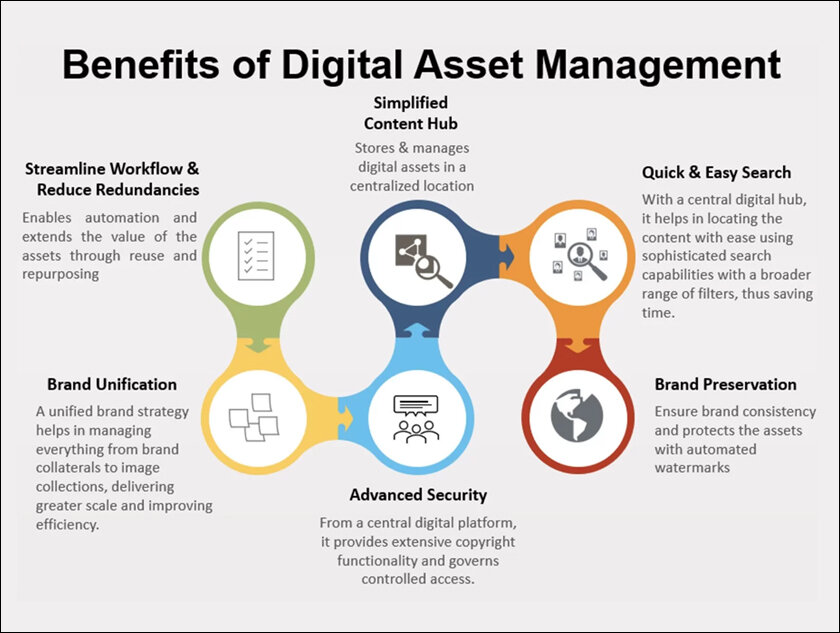
Benefits of DAM
Marketers needed a more productive, more organized, and generally better way to manage their digital content, and DAM is the answer. Thanks to DAM software, brands can easily publish the right content with the right message at the right time across all their channels. DAM helps brands:
- Save valuable time at each step of the content lifecycle. DAM users can quickly find, import, clip, tag, convert, embed, share, and publish media.
- Control content access and protect the brand. Only approved, on-brand, updated assets will reach partners, social marketers, salespeople, and other collaborators.
- Remove bottlenecks by allowing collaborators to browse and search brand assets on their own. So, no one from the marketing team needs to spend all day e-mailing files. By integrating DAM technology into other marketing and technology systems, product teams, creatives, salespeople, social marketers, and other users can search and access assets on their own platforms without having to upload/download files constantly.
- COPE (Create once, publish everywhere) with embed codes. When a DAM platform file is altered, everything linked to that asset on the web will update automatically, too!
- Improve content-based ROI by providing analytics on views, searches, downloads, and engagement in general. Thanks to DAM, brands will know what to retire, repurpose, and create in the future.
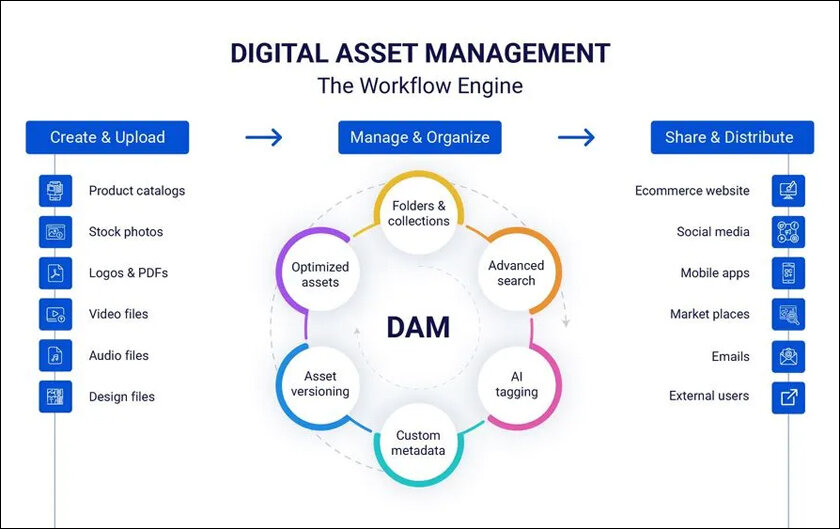
DropBox/Google Drive vs. DAM
Comparing data centres like DropBox or Google Drive to a DAM solution is like comparing a bucket to a toolbox. While the former is simple, multipurpose storage options to hold data, the latter is a purpose-built system with easy and quick access tools for organizations exactly when and how they need them.
The DAM market, currently valued at just over INR 44,000 crore, is expected to reach INR 86,000 crore by 2029. With the advent and growth of the digital enterprise, DAM is how organizations and businesses can store, manage, and use the digital assets they specifically require. Thanks to DAM, they’ll be able to empower their sales teams, grow their brands, and broadcast a purposeful and clear message to their audience.
In case you missed:
- All About Attack Surface Management
- The Era of Oversharing Online: Data Privacy Concerns
- Let The Games Begin: All About Crypto Gaming
- Keeping Your Tech Tidy: Tips For Data Backup And Safety
- Can We Really Opt Out of Artificial Intelligence Online?
- Memecoins: Scheme-Coins Or Valuable Digital Assets
- A Beginner’s Guide to Cryptocurrency Trading in India – Part 2
- Everything you need to know about DaaS (Desktop as a Service)
- Password Practices For A Safe Digital Presence
- Top cloud migration myths



